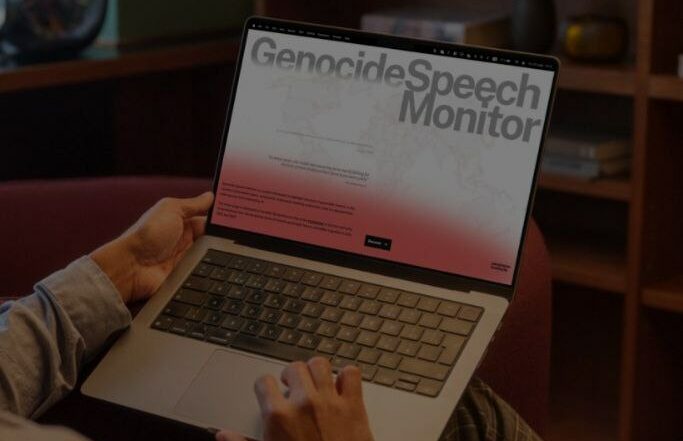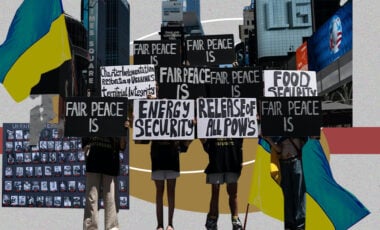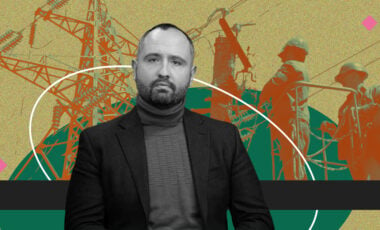Solutions from Ukraine: Ukrainian Institute and Bickerstaff.932 unveil project to analyze public leaders' genocidal rhetoric across countries

The Ukrainian Institute and the creative agency Bickerstaff.932 have developed a project where it will be possible to analyze any speech of public leaders of different countries for genocidal rhetoric.
Rubryka writes about it.
What is the problem?
In 1932–1933, Ukraine became the site of one of the greatest crimes in the history of humankind — genocide, the planned killing of millions of Ukrainians to suppress the national liberation movement, prevent Ukraine from leaving the USSR, and build an independent Ukrainian state.
The genocide was directed against Ukrainian farmers, against the intelligentsia, against the Ukrainian church, and every active bearer of Ukrainian identity.
In 2002, the Ukrainian Parliament recognized the Holodomor of 1932-1933 as a genocide of Ukrainians by a resolution and in 2006 by a law. More than 30 other countries have done so, including the Catholic Church and the Ecumenical Patriarchate.
What is the solution?
The Ukrainian Institute and the creative agency Bickerstaff.932 have developed a project where it will be possible to analyze any speech of public leaders of different countries for genocidal rhetoric.
The project was created to commemorate Ukraine's 90th anniversary of the Holodomor of 1932-1933.
"Commemorating the 90th anniversary of the Holodomor of 1932-1933 in Ukraine, we tell the world the truth about this tragedy, its preconditions and consequences. Genocide does not happen suddenly; it is a planned and consistent terror, which is accompanied by the genocidal rhetoric of its ideologues," noted the General Director of the Ukrainian Institute, Volodymyr Sheiko.
How does it work?
Any speech up to 12,000 words can be analyzed for free on the Genocide Speech Monitor website.
"We created the Genocide Speech Monitor — a practical tool for foreign audiences that allows you to monitor such rhetoric both in the context of the Holodomor and current events," Sheiko says.
The functions are planned to be expanded in the future so that artificial intelligence can analyze public information from open sources in real-time.
The site is available in all countries of the world.
"We can draw clear parallels between the rhetoric and actions of the Kremlin in 1932-1933 and today. This is an unpunished evil that has returned to Ukraine again.
With this project, we call on other countries to pay attention to the statements of their leaders and the leaders of neighboring countries," Maria Kochurenko, strategist at Bickerstaff.932, says.
For reference:
The Holodomor was concealed as a crime for many years. Where can one find the names of relatives who perished during that time? What does the truth from the survivors of the Holodomor sound like? What materials should one read and watch about those years? Check out Rubryka's piece for the Memorial Day of the Holodomor victims: " How to honor the memory of Holodomor victims. Everything crucial gathered."
In addition, by the day of commemoration of the victims of the Holodomor in 1932-33, the Ministry of Internal Affairs transferred to the National Museum of the Holodomor-genocide 1,022 cases of the famine period in Ukraine in the last century.

















































